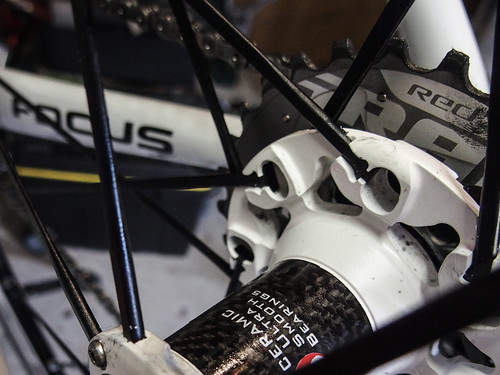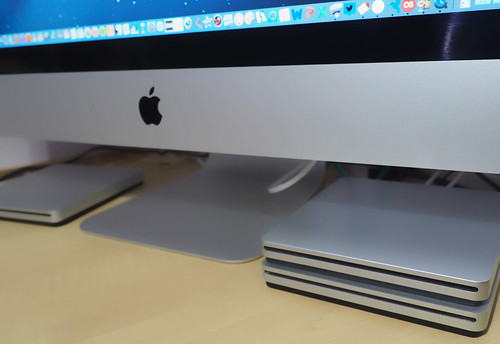
A few weeks ago subtle software updates to my iPhone installed the Apple Watch configuration Applet on my iPhone's first screen. The first thin threads weaving another social linking mechanism. Is that a sweet siren's song I can hear faintly in the background, or only Siri practicing?
It is certainly adding more continuous location data and telematics, but at the moment I'm not sure.
The first Apple Watch is likely to be quickly replaced by one with better battery life and a slimmer form. I understand the idea of the wrist device for the various lifestyle monitoring applets, but I'm not sure that I want to be even more comprehensively interruptible.
I'm often an early adopter with technology, so I used a Pebble watch when they first appeared. It was okay, rather than good. The App interface was fiddly and the various alerts were interesting but hardly essential. There was a also an increase in battery drain to my iPhone, culminating in the day when I arrived at an office to find the iPhone battery had been almost emptied on the morning commute. The Pebble lives in its box now after just a few weeks of half-hearted use.

The best of the small wearables that I've used has been the Fitbit One, which I've used for a couple of years. The advantage of the 5cm Fitbit One is that it can be invisible, tucked in a pocket or clipped away somewhere unseen. Proper 'quiet technology'.
It sends the fitness data to either an iPhone or a PC/Mac for its re-sync to the Cloud. It monitors step count, flights of stairs, calories, distance, activity level, throws in competitions and awards, provides for quick chats with others, monitors sleep yet requires only a weekly recharge. Oh yes and it tells the time and features a silent alarm (which I don't use).
I tried the similar Withings gadget, which I don't think is as good as Fitbit at differentiating between activity levels, nor as good at reporting calories. The handy little heart rate and blood SATS was interesting for a few days, but the Withings eventually joined the Pebble on the 'not good enough' step. Maybe their wifi scales and other healthcare components will extend these capabilities in a useful way?

I've also been using the Garmin wrist-mounted Vivofit 2. As a user of Garmin Edge for my bike stats, I really want the Vivofit to be useful, but for some types of activity it gives the wrong results. The Fitbit hangs in there when I'm biking but the wrist-based Vivofit 2 relies on a type of motion that returns a null value from cycling. Fortunately my bike computer resolves all of this. As an example, today I've cycled about 30 miles. Fitbit will give me credit for that effort in calories, steps and activity level but the Vivofit tells me I'm well behind my daily target and need to get up and walk about some more.
It brings me back to the Apple Watch. If it is supposed to tell the time, a basic quality is to be 'always on', something that evades the 2015 battery technology. Although it can be left on, the battery life drops, so the activate option helps manage the power. It's only a simple wrist shake to wake it - either as a clock or on the last used App.
But I'm not sure how that affects the polite meetings test? That moment near the end of a session. Fiddling with the tech is somewhat more obvious than a glance at a proper wrist watch. I suppose more people twiddle phones during meetings nowadays, so the polite protocol's days are probably numbered.
But the other thing is the tactile response from a watch. There is something satisfying about proper downtime. I can take my 'work watch' off and that action itself becomes part of the feeling that I'm powered down. The new gadgets (whether the Apple Watch or the Garmin Vivofit 2) are more or less suggesting they should stay attached to the wrist. Actually, the Vivofit's one year battery life works for this, but the 15-18 hour Watch will still require removal for recharge. One of those lifestyle messages that says 'be 24x7x365'. Kind of shouty rather than quiet.
Still, only a few months before we get Siri as a home controller.


































